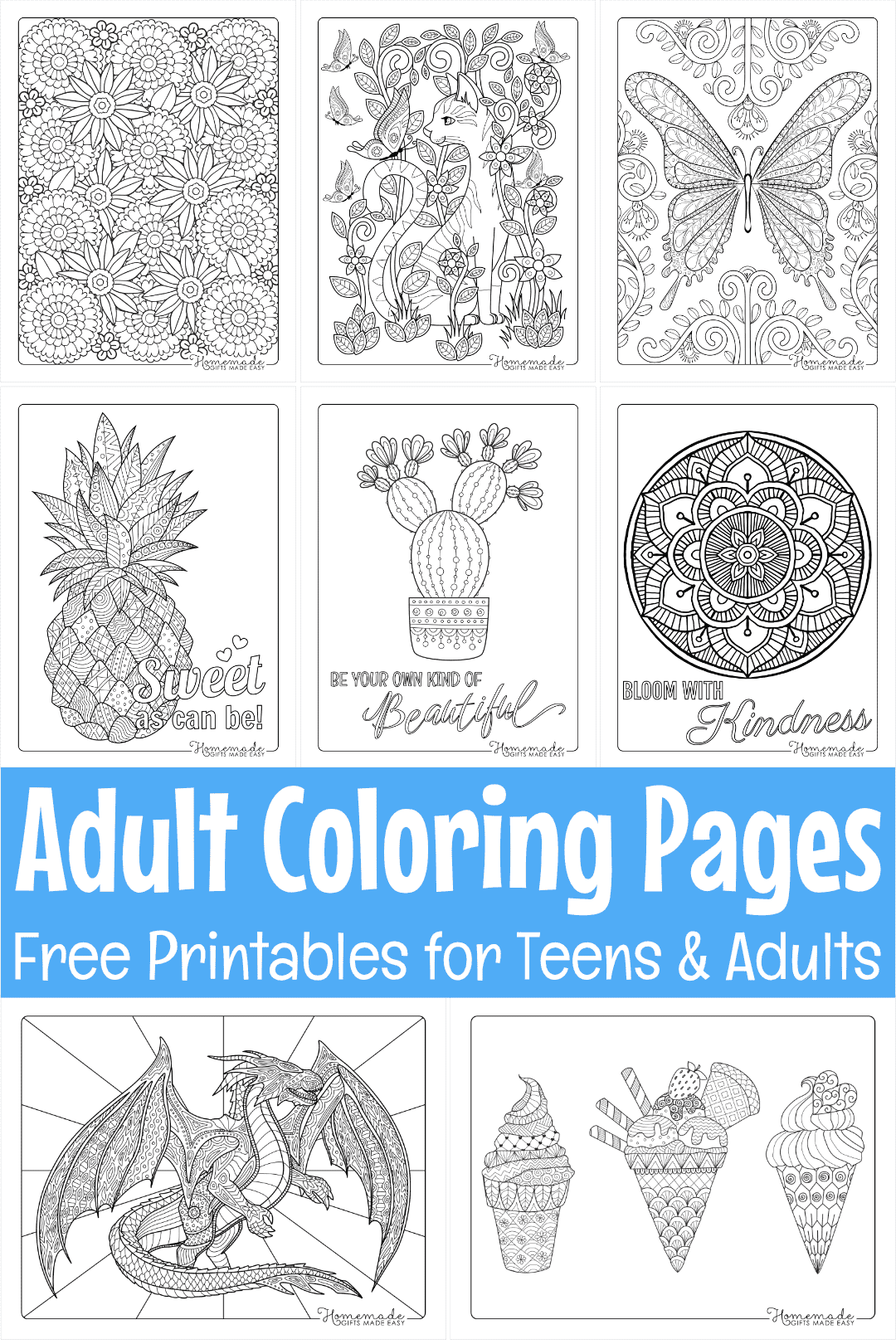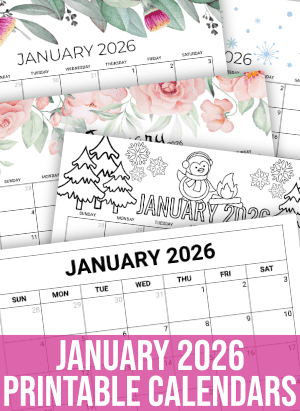Your Guide to What Red and Blue Make
Last updated: April 28, 2025 by Michelle
When blended together, red and blue make purple, which just so happens to be my favorite color. This versatile color can be vibrant and exciting or mellow and relaxing. It can go from cool to warm, offering a wide array of shades and tones to suit any craft or project you have in mind. That’s why it’s so useful to know what red and blue make. You might be surprised to learn you can make more than purple, too. While red and blue turn purple under the right conditions, you can also make some other colors like brown.
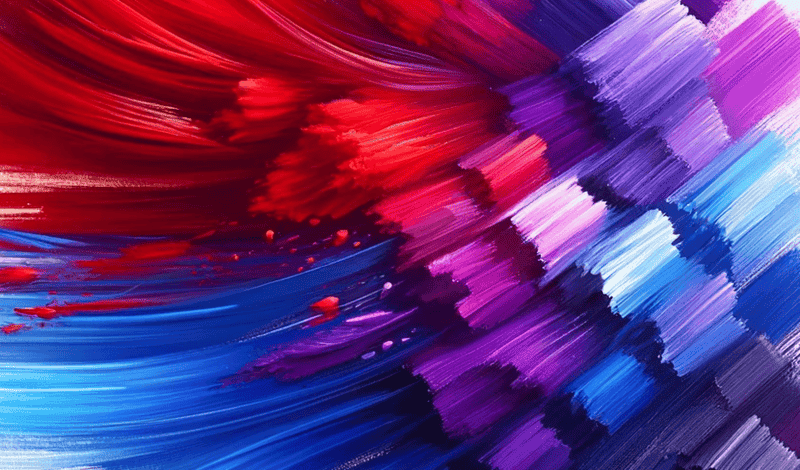
Color theory is more than an art - it’s also science! When you wonder what red and blue make, you’re engaging in a scientific experiment. It applies to more than paint, too. You can also use blue and red light to make purple. Crazy, right? We’ll get into all the whys and hows here so you can mix red and blue for your next project.
Once you understand the basics of the color wheel, you'll know exactly how to mix the right purple for the job. Whether you want to combine colors in your arts and crafts projects, experiment with shades on our unique coloring pages, or explore vibrant options for home decor, this page is here to inspire and guide you. But remember, the best way to see how red and blue interact is to experiment and see for yourself!
Blending Colors | How to Mix Purple | Purple Variations | Troubleshooting | Purple Aesthetics and Inspiration
Do Red and Blue Turn Purple?
Yes! Red and blue make purple. But it’s not quite that simple. Let’s learn why.
Red and blue are primary colors. Any time you mix two primary colors, you create a secondary color. In this case, when you mix the primary color red with the primary color blue, you make the secondary color purple.
This is called red, yellow, and blue mixing, otherwise known as RYB mixing. It works best when you're getting creative with markers, colored pencils, paint, pigments, and other physical media.
A color wheel is a great tool for learning how RYB mixing works, including red and blue. But you’re not done yet. There are a lot of types of purple. As we mentioned above, it can be cool or warm, vibrant or dull, thrilling or relaxing. The exact purple you get will depend on the red and blue you mix to make purple.
For example, you can blend warm colors like red and pink with blue to make vibrant purples or violets. On the other hand, you can blend cool blues to create softer or grayed tones of purple or violet.
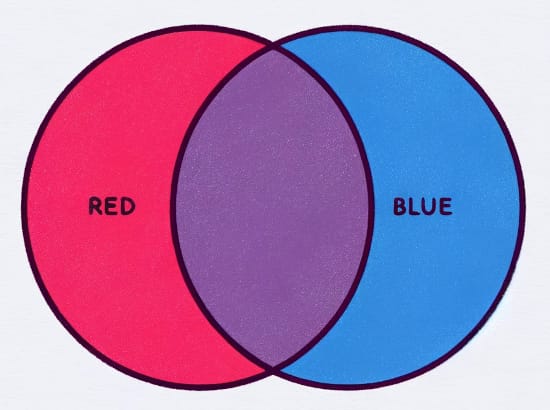
How to Mix Red and Blue
Think of mixing red and blue as a science experiment. Give yourself some room to play around and make mistakes. It’s all part of the joy of discovery. You may want to start with paint, however, as it’s easier to mix. You can mix red and blue paint like this:
- Place plenty of red and blue paint on a palette. Leave space between them for mixing.
- Add equal parts red and blue with a paintbrush. At first, it may not seem like much is happening, but as you mix them, your red and blue will make purple.
- Adjust your mixed color by adding more red or more blue as you see fit. You will have to use your eye and discretion for this.
- Then try a little black or white. This will change the tint and shade of your red and blue mix (more on that below!). Be cautious with these colors. A little bit can go a long way toward changing your mixture.
Where Do the Colors Red, Blue, and Purple Come From?
Many less expensive paints that you will use for practicing are made from synthetic pigments.
A lot of inexpensive paints come from synthetic pigments. However, natural and historical reds often came from iron-oxides and cadmium. These metals are still the basis of many red paints. (Note that cadmium is a toxic, naturally occurring metal that should not be consumed.)
Originally, blue pigments came from precious stones and minerals, such as azurites or lapis lazuli. Now, blue pigments are mostly synthetic.
The word purple comes from the ancient world and refers to a color created from the shell of a sea snail. This created a reddish magenta-purple and is the reason for our association of purple with royalty and riches.
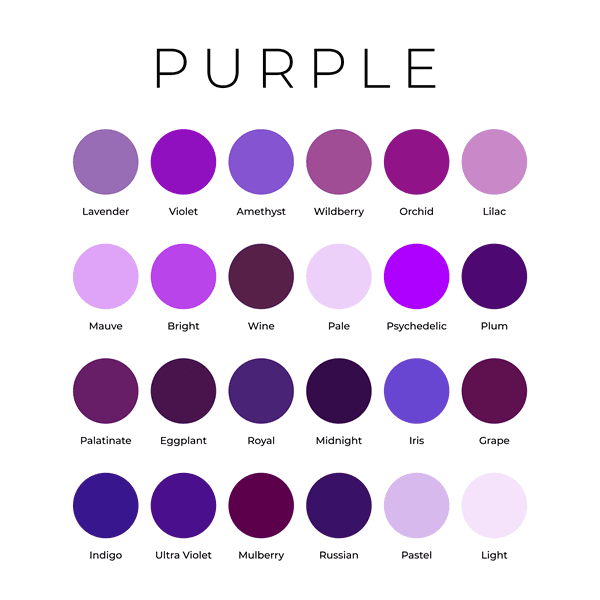
Mixing Different Tints, Shades, and Tones from Red and Blue
Now you know that red and blue make purple and how to mix those colors, but we aren’t done yet. These colors are very dynamic, and you can do a lot more than simply mix them together. There are also tints, shades, and tones to consider!
Put simply, a tint is a color + white, a shade is a color + black, and a tone is a color + gray or brown. Let’s take a look at what happens when you mix red and blue and one of these additional colors.
Red and Blue Tints (by Adding White)
When you use white to lighten your purple blend, you are creating a tint. This is a great way to add highlights to your artwork or mellow out your red and blue mixture. You can get a more calming color this way, as purple tints soften the color. For example, lavender is a common purple tint. You'll find light purples are often used in spaces focused on relaxation, such as meditation and living spaces.
Red and Blue Shades (by Adding Black)
Adding black to red and blue will make a shade. These are good for shadows. However, check first whether you’re using a true black or a black that contains blue or gray undertones, as this can impact the specific shadow you get.
You should get a nice deep purple by mixing red and blue and black this way. You can get colors like dark purple, violet, and eggplant, which are great when you want something dramatic or mysterious, or simply need to add some depth to your artwork.
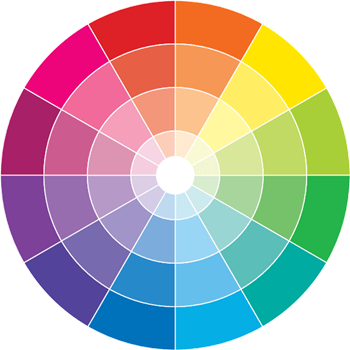
Red and Blue Tones (with Gray and Brown)
If you want to make a true purple tone, you should add gray. As the name suggests, this “tones” down your color to make it less intense. That doesn’t necessarily mean your purple will be dull. You can add in a complementary color to ensure your red and blue and gray mix doesn’t become dull.
If you aren’t sure what complementary colors are, you can learn all about them at our complementary colors page. Here’s a cheat though: purple and yellow are complementary colors, meaning they sit opposite each other on the color wheel. So if your purple tone is getting a little dull, try adding a bit of yellow.
What Colors Make Brown?
Be careful when adding that yellow, however. Another thing about complementary colors - when you mix them together, they make brown! So if you mix in too much yellow too quickly, you could end up with brown instead of the purple you were going for.
This is true of other complementary colors as well (which you can learn about at the link above). Mixing those will also create brown.
What About Indigo, Violet, and other Cooler Purples?
Blue is the coolest-toned color on the color wheel. So when you mix red and blue, if you use more blue, you will get a cooler purple like violet or indigo.
Violet tends to have more blue in it than red. Similarly, indigo is a deep purple that has a lot of blue. In fact, it can sometimes be difficult to tell the difference between indigo and blue.
A Look at Magenta and Warmer Purples
By contrast, red is definitively a warm color. Mixing more red than blue creates a warm-toned purple. This color is sometimes called magenta, which is a rich purple with pink undertones.
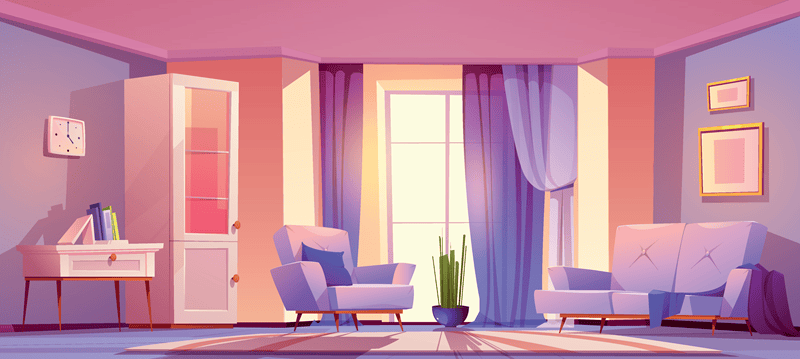
Purple Aesthetics
Purple is a beautifully versatile color. It can move easily from vibrant and almost electric to introspective and moody. It's warmer than blue and softer than red. Many therefore associate purple with deep emotion and rich aesthetics. It’s a color that can be beautiful, mournful, intense, or extravagant.
You can also find purple in nature. Many flowers come in beautiful purple shades, and there are even some animals sporting the color. From purple grapes to purple plums, we get many tasty things from nature that are distinctive for their purple coloration.
Ultimately, purple has a ton of versatility. Violet, purple, and magenta historically evoke power, royalty, riches, luxury, creativity, beauty, and even magic.
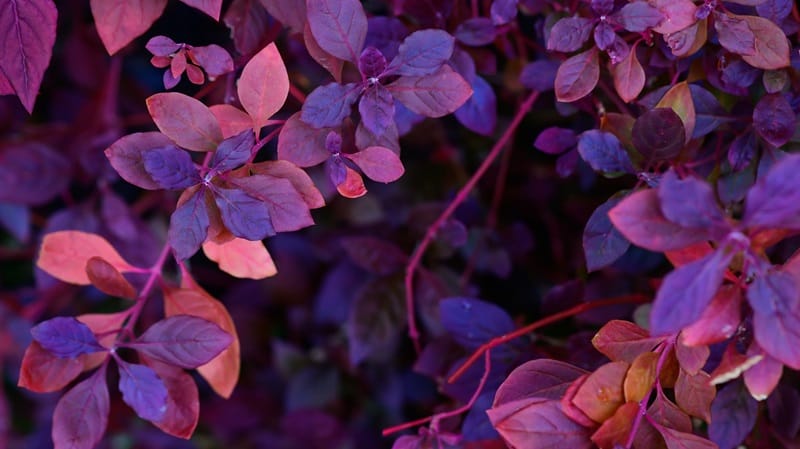
Start Using Purple with Our Favorite Coloring Pages
Check out some of our favorite coloring pages to get started mixing your favorite purple and magenta tones.
What Other Colors Can I Mix?
Complementary Colors | Red and Blue Make Purple | Mixing Blue and Pink | Green and Yellow Make | Blue and Green Make | Pink and Green Make | What Does Orange and Blue Make? | Red and Green Make Brown | What Color Does Green and Orange Make? | Purple and Yellow Make Mauve | Red and Purple Make
